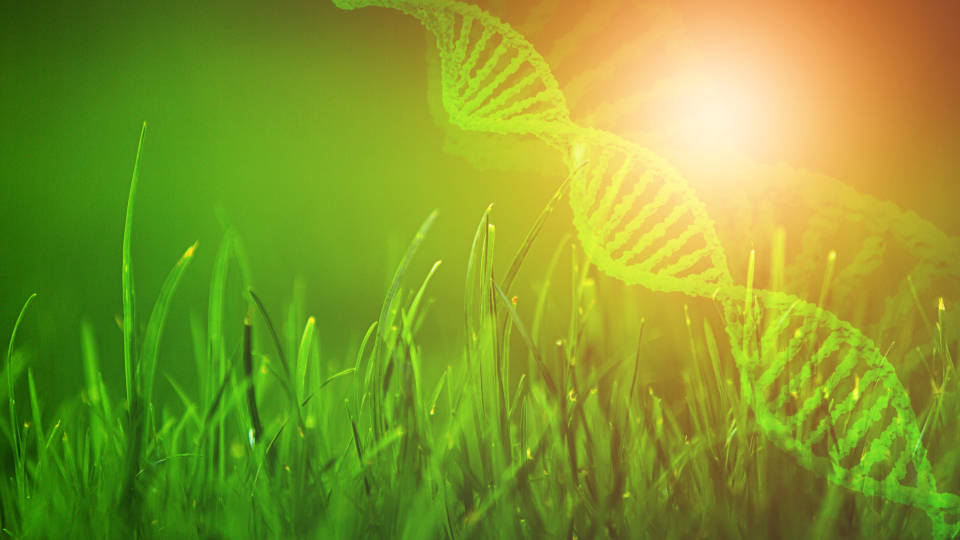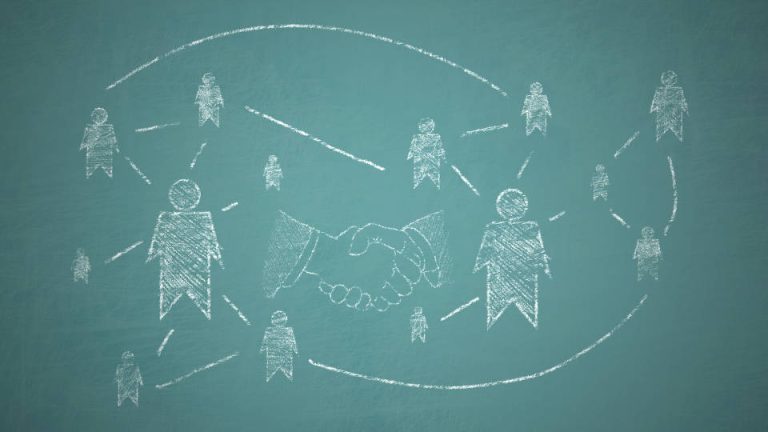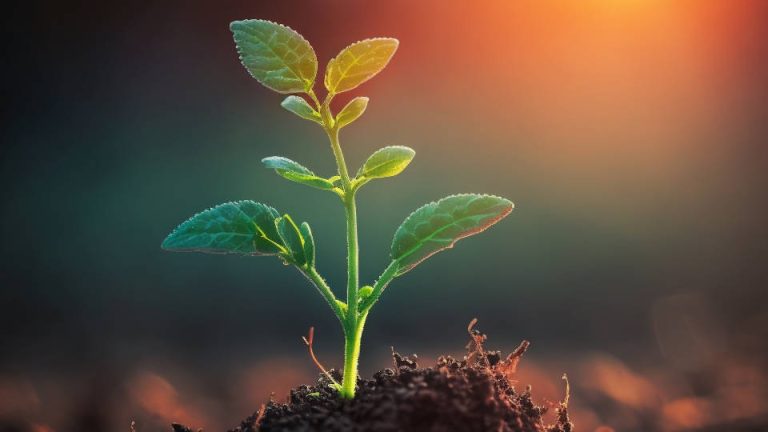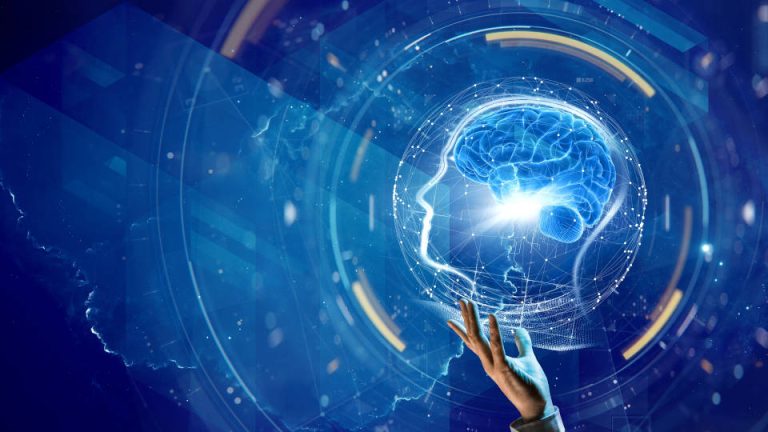Competing is within our genes.
Humans are the machines for the genes. Genes that carry the blueprints of collective memories of survival and natural selection. Natural selection favoured those genes that could control their survival machines by ensuring they managed the balance of a form of homeostasis from within and with the environment they interacted with. Therefore, it meant to include other survival machines in their survival equation.
A competition befitted with the members of the same species for resources, for a behaviour outcome of a predator or prey, parasite or host. Not knowing which one was what, but it determined the behaviour of “hit back”. This ensured the species preserved the immortal gene pool for the future.
The question arises: how do we understand one of the human behaviours, predator or prey?
It would be rather pugnacious on my part to answer the above question simplistically. However, I will attempt to take one idea from the theory of natural selection, which also supports the recent notion of the developmental stability strategy. That is, the genes’ survival will favour its gene pool, which is stable. For instance, in the case of Down syndrome, the extra chromosome determines how the gene will behave. The competition is stiff, and no matter what, it cannot be altered. When humans are born, they live in an environment that needs to look balanced, with everything equal. Here, it gets complex because now comes the competition for survival of the same species, which is Human—one balanced with no symptoms vs. one with symptoms. That is, predator or prey.
I embark on this journey to understand humans and their behaviour to the imbalance presented. How will we compete with what is within us? What will need to change in us?
Book: The Selfish Gene by Richard Dawkins






